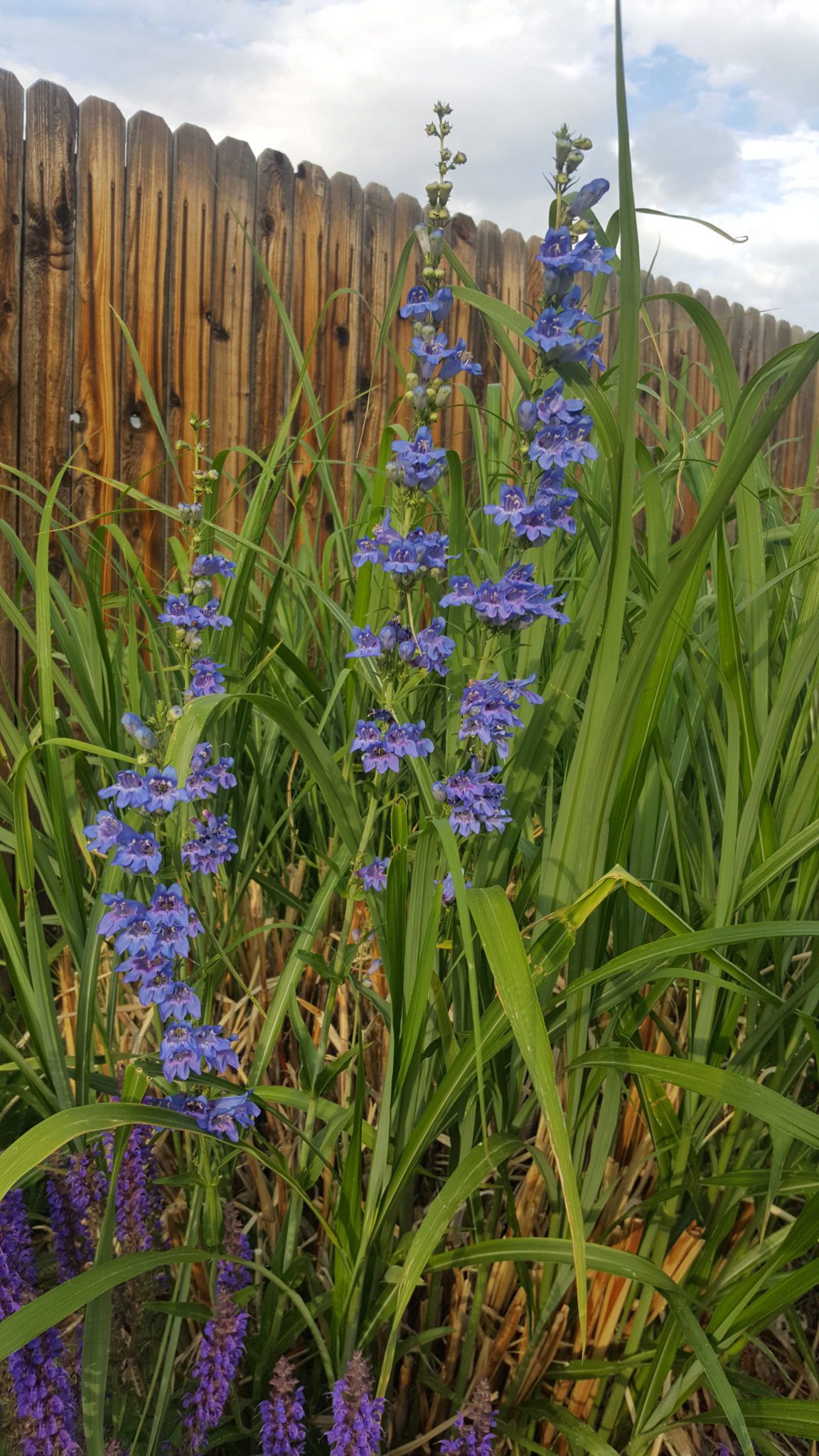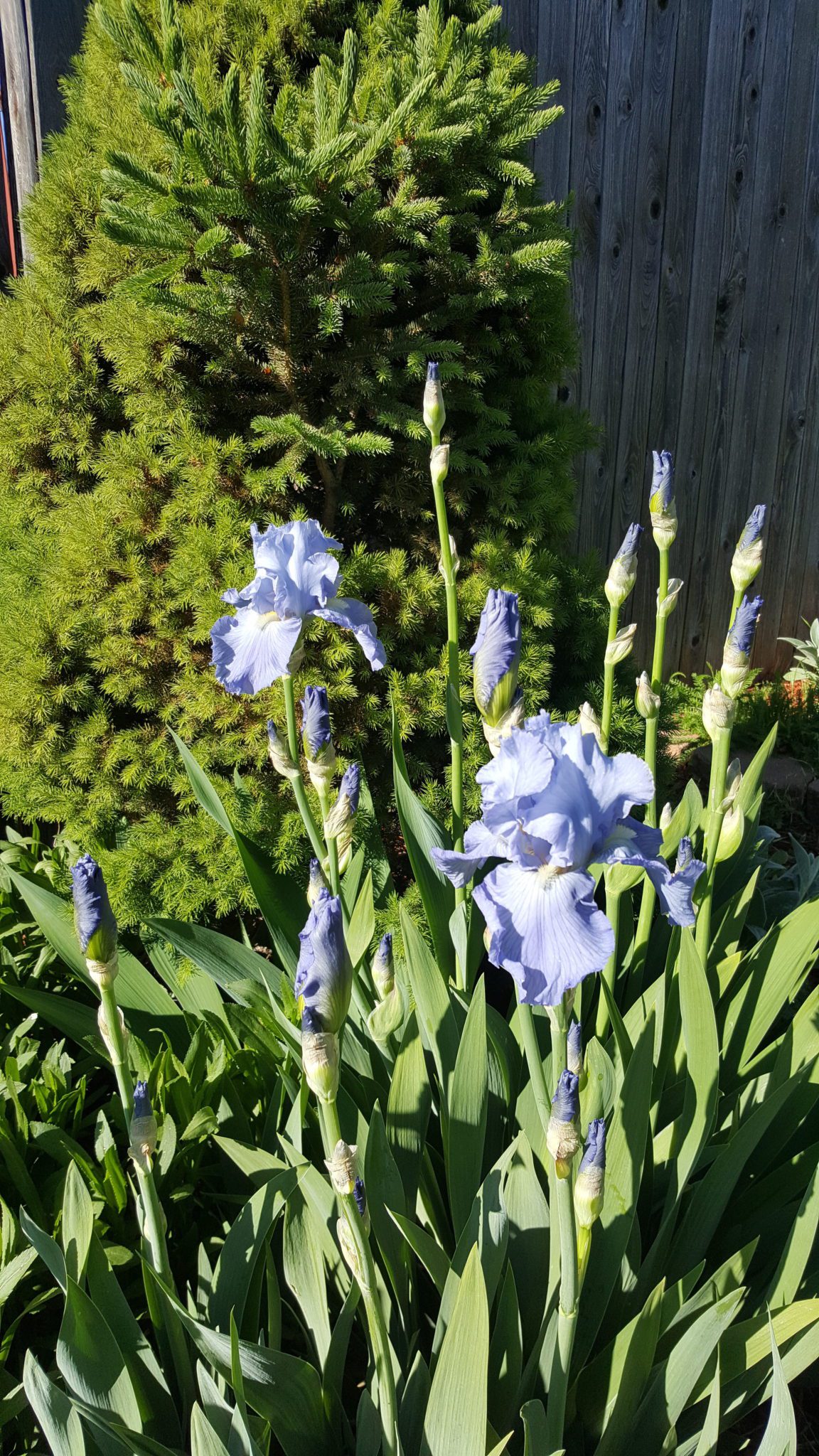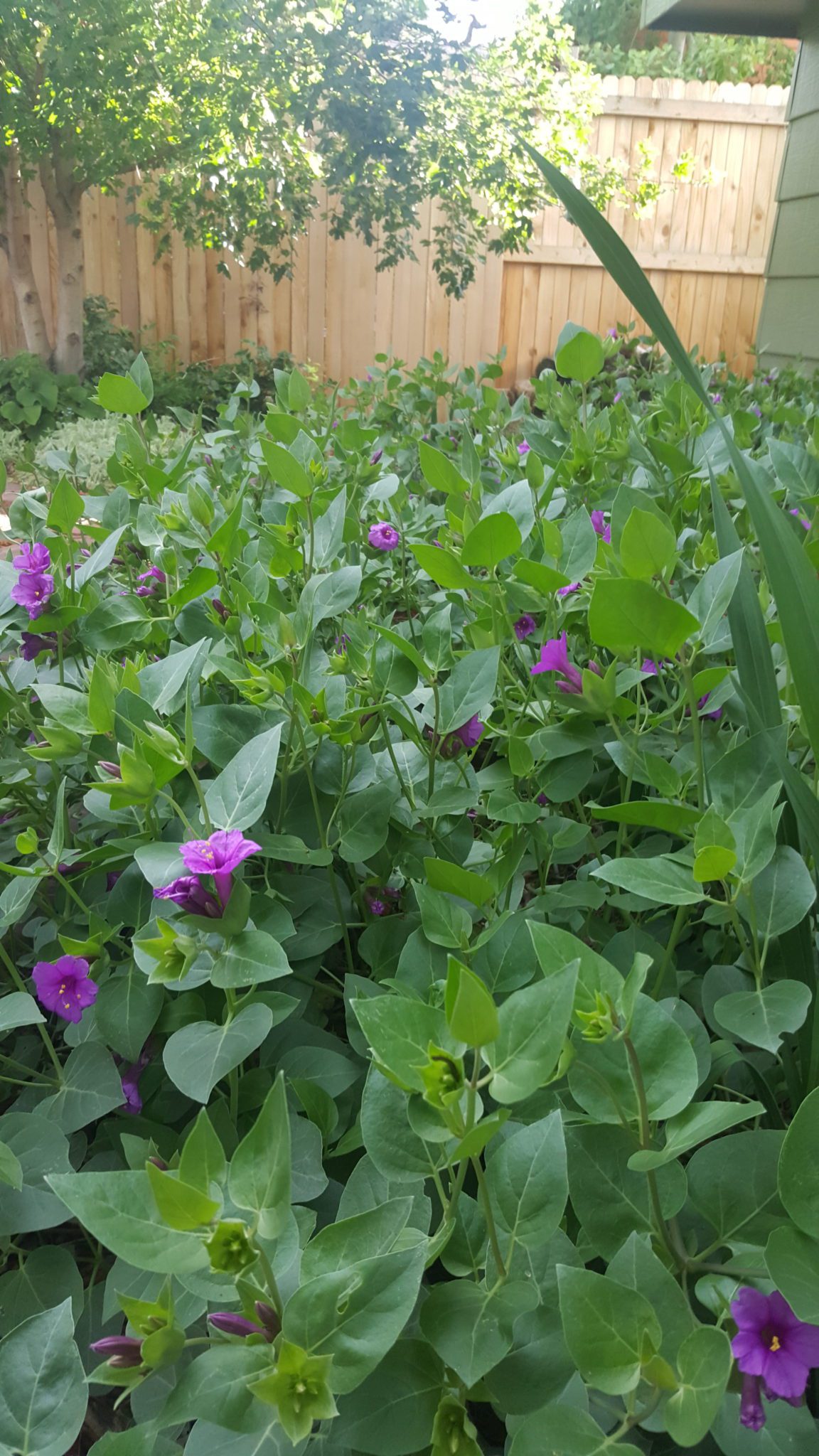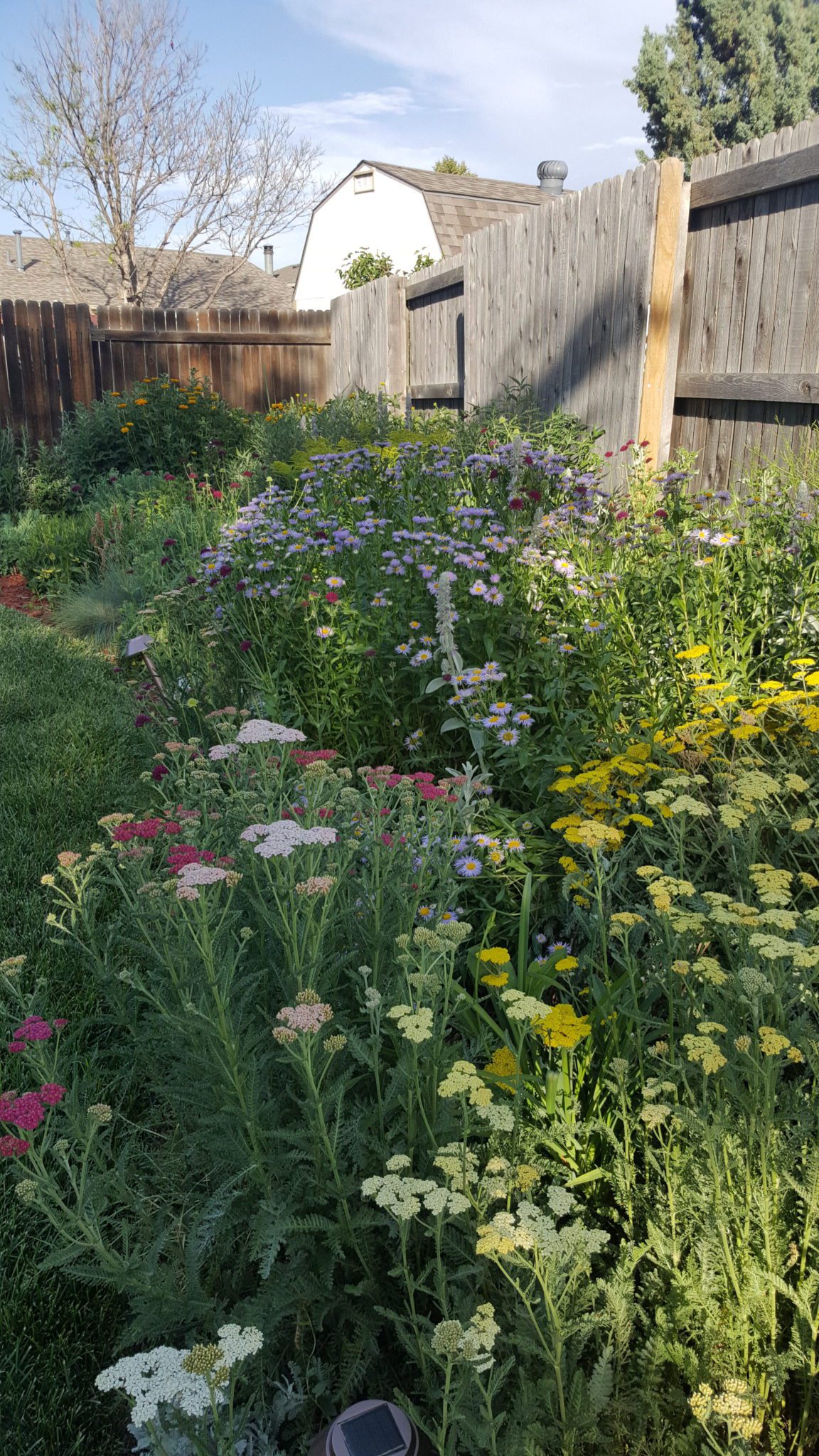Gardening is learning, learning, learning. That’s the fun of them. You’re always learning.
Helen Mirren

I must confess to you, dear reader, that before the gardening bug hit me that I was afflicted with a profound ignorance on the intricacies of the art of landscaping. The only reason I got started in gardening is because after I ripped the acres of river rock that bedeviled my yard I needed something to fill the bare dirt.
Back then I truly thought that all you needed to do was buy some plants, plop them in the ground and voila!, you had flowers all summer long. Oh, foolish man! How steep was to be my learning curve.
When faced with all the possible plants that stocked the local nursery shelves, I realized I needed to do some serious research, so I began haunting the gardening sections at local libraries and bookstores (this was still in the early days of the internet).
I quickly learned that perennials have specific bloom times, and that where you live can change when that bloom time occurs. For instance, lilac bushes generally bloom in late April in my Front Range area, but I have seen lilacs blooming in late June to early July in many mountain towns. So if you want a garden that has is in bloom throughout the growing season, you have to choose plants that bloom at different times. In my Zone 5 garden the irises bloom in late May; peonies put on a show in early summer; Russian sage and Black-eyed Susan’s burst forth in high summer while “Autumn Joy” sedum and New England asters close out the growing season in late summer to early fall.
To complicate matters, plants flowers have a wide variety in bloom duration. The aforementioned irises typically bloom for about a week, whereas yarrow can bloom for 10 weeks or more. Holy crap, this gardening thing is a lot harder than I thought!

So, enough about the blooms. Let us proceed to the purpose of this post, which as the title suggests, is that while flowers are the primary garden aesthetic there are other considerations to be accounted for to make a garden complete. So let us move beyond the blooms and into such subjects as texture and foliage.

Texture might seem to an odd gardening subject, but bear with me. If you planted a sweep of a singular plant, say Shasta Daisies, you would have a brief but intense display. But before and after the blooms you will have nothing but a wall of monotonous green to look at. Same color and same shape. Very, very boring. Look at the photo below: while there are plants in bloom there are also plants waiting their turn or done for the season. But if you look closely, you will see upright plants, spiky plants and plants that form mounds. Many of these plants are different heights and sizes. All this gives the garden texture.

Now let’s discuss foliage: plant leaves are incredibly varied in both shape and color. Look at the photo above again. The plant with the flat, yellow and reddish flowers is yarrow. It’s foliage is fine and fern-like, and has a very light green color. Behind it, the plant with blue, daisy flowers is fleabane. Its foliage is a medium green, and its leaves are narrow and arrow shaped. Behind them is a false sunflower; that’s the plant with the bright yellow flowers. Its leaves are very dark green and as wide as they are long. Scattered here and there are other plants with differing shapes and colors, including the hated Lambs Ears with their fuzzy and gray leaves.
All these variations in plant shapes, foliage and leaf color help to give a garden interest for when the plants aren’t in bloom. See, I told there was a lot to learn from this gardening addiction. This “hobby” is a never ending education. To quote Henry Mitchell, author of One Man’s Garden and The Essential Earthman: “All is at last in balance, and all is serene. The gardener is usually dead, of course.”

